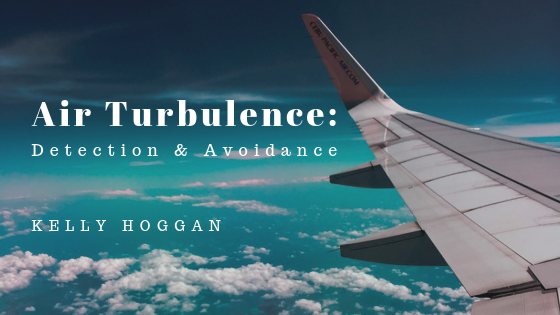For travelers, flight crew, and pilots alike, air turbulence is often a detriment to the flying experience. These patches of “bumpy air” can make flight and navigation more challenging, and they can also result in injuries if passengers are not made aware of the approaching turbulence in time. Advances in technology have made it so that pilots are better able to detect turbulence before it affects the aircraft, limiting the number of injuries, lawsuits, and uncomfortable trips through the air.
Due to a number of factors including climate change, it appears that the amount of turbulence has increased in recent years, so these technological developments and applications will be crucial for ensuring the safety of those onboard each flight.
What Is Turbulence?
Turbulence occurs when calm air is disturbed by external forces; when smoke rises from a candle in a straight line only to turn into disrupted curls, this is an example of turbulence. There are a number of forces that can cause turbulence including jet streams, mountains, and thunderstorms. When flying, turbulence can be frightening for passengers as they are jostled in their seats; because most turbulence is clear-air, it cannot be seen, making the phenomenon anxiety-inducing for many passengers.
However, it is important to recognize that, from a professional perspective, turbulence rarely poses a serious threat, and for passengers of commercial flights, there is never a real reason to be genuinely concerned about the safety of an aircraft when experiencing turbulence. Aircrafts, especially larger planes, are built to endure pressure and harsh conditions, so while they may lurch and drop in the air as the result of turbulence, this is usually the extent of the effects. Being unprepared for turbulence can result in injury, though, so it is important that pilots and flight crew are able to detect and, when possible, avoid turbulence.
Detection Technology
Because turbulence is such a concern for passengers’ comfort and safety, developments have been made to better facilitate the detection of turbulence before the plane passes through it. Collaborating with meteorologists prior to takeout is one of the most universal methods of accounting for potential turbulence; pilots are well-educated in their field, but an expert on things like weather patterns is helpful. Pilots also have displays in the cockpit that depict the weather in real-time, as well as connections to other pilots and air traffic control, all of which help them monitor and track potential sources of turbulence.
New technology is being integrated into aircrafts to further detect turbulence and help pilots avoid particularly aggressive areas of bumpy wind. Programs like Total Turbulence, MultiScan ThreatTrack, and Hawaiian Airlines’ Eddy Dissipation Rate-based (EDR) global turbulence modeling system are all examples of new tech designed to better equip pilots with data pertaining to turbulence ahead of them.
Unfortunately, these tools of detection do not yet account for clear-air turbulence. Future developments with UV lasers could present a solution to this deficit, but for now, advancing detection methods should help pilots protect passengers and crew members and avoid rough turbulence patches.


